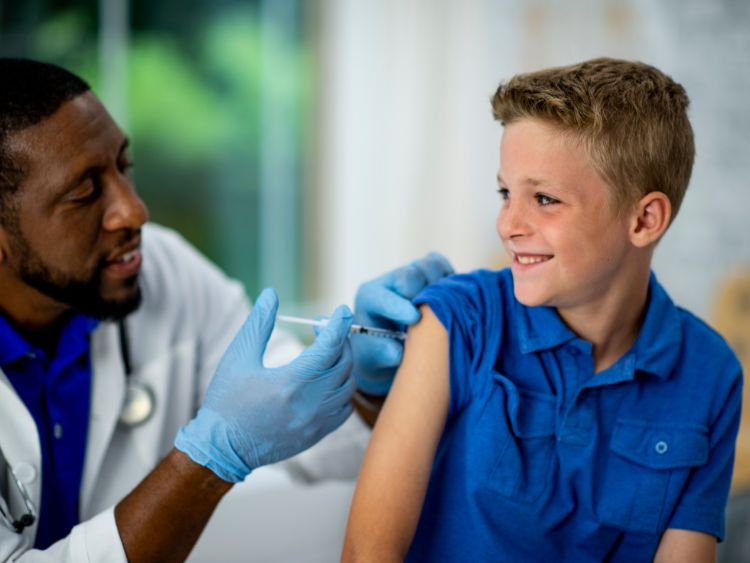Ever found yourself in a situation where someone needs immediate help and you’re the only one around? It’s a nerve-wracking experience, isn’t it? Knowing how to administer First Aid can make a world of difference, sometimes even saving a life. Whether you’re at home, at work, or out and about, having a basic understanding of First Aid is crucial. In this guide, we’ll dive into the essentials of First Aid, covering everything from the basics to more advanced techniques. So, are you ready to become a more confident and capable responder in emergencies?
Understanding First Aid
First Aid is the initial assistance given to someone who is injured or suddenly becomes ill. It’s meant to stabilize the person until professional medical help arrives. The goal? To preserve life, prevent the condition from worsening, and promote recovery.
The Three Ps of First Aid
- Preserve Life: The first priority is always to keep the person alive. This could involve performing CPR, stopping severe bleeding, or ensuring the person is breathing properly.
- Prevent Deterioration: After addressing immediate life-threatening conditions, the next step is to prevent the situation from getting worse. This might involve immobilizing a broken bone or cooling a burn.
- Promote Recovery: Finally, your actions should aim to support the person’s recovery. This could include keeping them calm, comfortable, and warm until help arrives.
Common First Aid Situations and How to Handle Them
Let’s explore some of the most common scenarios where First Aid is needed and how you can respond effectively.
1. Cuts and Scrapes
Minor cuts and scrapes are part of everyday life. Here’s what you should do:
- Clean the wound: Rinse the wound with clean water to remove dirt and debris.
- Apply an antiseptic: Use an antiseptic wipe or cream to reduce the risk of infection.
- Cover the wound: Use a sterile bandage or gauze to protect the wound from further injury.
2. Burns
Burns can be tricky to handle, depending on their severity:
- Minor burns: Run cool (not cold) water over the burn for at least 10 minutes. Avoid ice as it can damage the tissue. Apply a burn ointment and cover with a sterile bandage.
- Severe burns: Do not remove clothing stuck to the burn. Cover the burn with a clean cloth and seek medical attention immediately.
3. Choking
Choking can be life-threatening, and quick action is vital:
- For adults and children over 1 year: Perform the Heimlich maneuver. Stand behind the person, place a fist just above their navel, and give quick, upward thrusts.
- For infants: Lay the baby face down on your forearm and give five back blows between the shoulder blades. If this doesn’t work, turn the baby over and give five chest thrusts.
4. Bleeding
Severe bleeding requires immediate action to prevent shock:
- Apply pressure: Use a clean cloth or your hand to apply direct pressure to the wound.
- Elevate the injury: If possible, raise the injured area above the heart level to slow down the bleeding.
- Seek help: If the bleeding doesn’t stop, seek emergency medical assistance.
Advanced First Aid Techniques
Once you’re comfortable with the basics, it’s worth learning some advanced techniques.
1. CPR (Cardiopulmonary Resuscitation)
CPR is crucial in cases of cardiac arrest. Here’s a quick overview:
- Check responsiveness: Tap the person’s shoulder and shout to see if they respond.
- Call for help: Dial emergency services or ask someone nearby to do it.
- Start chest compressions: Place the heel of your hand in the center of the chest, interlock your fingers, and press down hard and fast, at a rate of 100-120 compressions per minute.
2. Using an AED (Automated External Defibrillator)
An AED can restart a heart that has stopped beating:
- Turn on the AED: Follow the voice prompts.
- Attach the pads: Place them on the person’s bare chest as shown in the diagram on the device.
- Deliver a shock: If the device advises a shock, make sure no one is touching the person, then press the button to deliver it.
The Importance of a First Aid Kit
Having a well-stocked First Aid kit is essential. Here’s what you should include:
- Adhesive bandages: For minor cuts and scrapes.
- Sterile gauze and tape: To cover larger wounds.
- Antiseptic wipes: To clean wounds and prevent infection.
- Tweezers: For removing splinters or debris.
- Scissors: To cut tape or clothing.
- Instant cold packs: For reducing swelling.
- CPR mask: To protect yourself while performing mouth-to-mouth resuscitation.
- Disposable gloves: To prevent contamination.
FAQs
Q: What should I do if I don’t have a First Aid kit?
A: Improvise with what you have. Clean cloths, plastic bags, and even a T-shirt can be used to cover wounds or apply pressure. The most important thing is to act quickly and effectively.
Q: How often should I update my First Aid skills?
A: It’s recommended to refresh your First Aid skills every 2-3 years. This ensures you’re up-to-date with the latest techniques and confident in your abilities.
Q: Can I perform First Aid if I’m not certified?
A: Yes, you can still provide First Aid even if you’re not certified. The most important thing is to do something rather than nothing. However, taking a certified course is highly beneficial.
Q: What should I do if someone refuses First Aid?
A: If the person is conscious and refuses First Aid, respect their decision. However, stay close by in case they change their mind or the situation worsens.
Conclusion
Being prepared with First Aid knowledge is more than just a skill; it’s a responsibility. Whether it’s a minor injury or a life-threatening situation, knowing what to do can make all the difference. So, take the time to learn, practice, and stay prepared. Your actions could save a life.
Authoritative Links
- American Red Cross: www.redcross.org
- Mayo Clinic: www.mayoclinic.org
- NHS: www.nhs.uk

